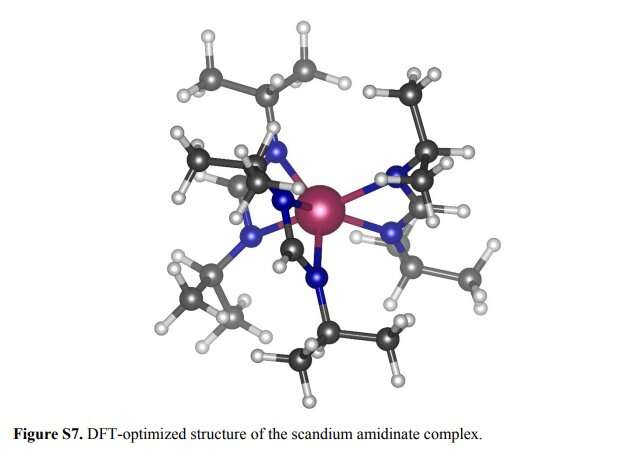New nuclear magnetic resonance spectroscopy research reveals the dynamics of catalysts in 3D space

Scientists from the U.S. Department of Energy's Ames Laboratory have mapped the dynamics of a catalyst's active site in three dimensions. This achievement gives researchers new insights into how these catalysts work, and potential paths to improve their selectivity and efficiency.
Catalysts are used to speed the rate of chemical reactions and have thousands of applications in petroleum refining, biofuels production, food processing, pharmaceuticals and manufacturing. Humans have used catalysts for thousands of years, far longer than the concept has been understood and studied by science, which is over 200 years. And despite all that history, mysteries remain about exactly how catalysts work, with angstrom-level details missing from the complete picture.
A key part of the success of a catalyst is thought to be its ability to change its conformation to mold itself to the incoming reactants, in doing so facilitating their interaction and chemical transformation. This dynamic rearrangement is somewhat similar to the way in which attached coral polyps react as ocean water flows nutrients over them.
"Past research has shown that the dynamics of catalysts have an important impact on catalytic performance," said Ames Laboratory scientist Frederic Perras. "Yet until recently, we didn't have the capabilities to observe them at that level of detail. With recent advances in nuclear magnetic resonance (NMR) techniques, we're able to get a much clearer picture of these atomic-level motions."
In this research, the scientists compared the structural dynamics of a scandium-based catalyst in its crystalline form to that of the silica surface-mounted form using advanced techniques in solid state nuclear magnetic resonance (SSNMR) and dynamic nuclear polarization (DNP). These comparisons, combined by computational modeling, provided a clearer, more detailed understanding of how supported complexes move in three-dimensional space. A key finding of the study was that molecular dynamics simulations predicted more large-amplitude motions than were observed experimentally, suggested that the surface topology may itself be restricting these motions. Additional studies will be performed to determine whether it is possible to tune the dynamics of a catalytic site by altering the topology of the support.
The research is further discussed in the paper "Observing the three-dimensional dynamics of supported metal complexes," published in Inorganic Chemistry Frontiers.
More information: Alexander L. Paterson et al. Observing the three-dimensional dynamics of supported metal complexes, Inorganic Chemistry Frontiers (2020). DOI: 10.1039/D0QI01241F
Provided by Ames Laboratory




















